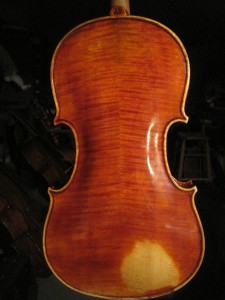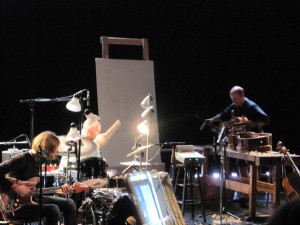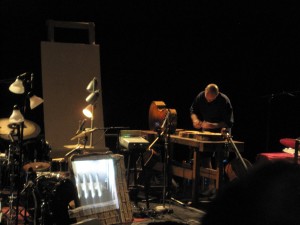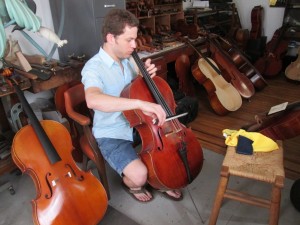 Yoni Dreilbate plays an interesting cello on loan to him from Temple – where he is a grad student of Jeff Solow. It was made by Joseph Condax in Rochester in the early 1960’s. He was a cellist and an amateur maker- this example is a charming Montagnana -esque work – shorter body length -nice breadth ….the start of a good sounding cello. The problem has been that it is languishing with a low neck angle that just doesn’t give it the tension it needs to project all power and color that it has to give. In this case the fingerboard was very thin – so with a new fingerboard that is fashioned to heighten the neck angle – which then makes possible a higher Belgian bridge and fitting a new soundpost and the cello is now much bigger and bolder sounding….perfect for a talented,vigorous player. In fact Yoni won the principal job of the Annapolis Symphony on the cello before the major improvement – a testimony to his ability to make even a poorly adjusted cello sound good.
Yoni Dreilbate plays an interesting cello on loan to him from Temple – where he is a grad student of Jeff Solow. It was made by Joseph Condax in Rochester in the early 1960’s. He was a cellist and an amateur maker- this example is a charming Montagnana -esque work – shorter body length -nice breadth ….the start of a good sounding cello. The problem has been that it is languishing with a low neck angle that just doesn’t give it the tension it needs to project all power and color that it has to give. In this case the fingerboard was very thin – so with a new fingerboard that is fashioned to heighten the neck angle – which then makes possible a higher Belgian bridge and fitting a new soundpost and the cello is now much bigger and bolder sounding….perfect for a talented,vigorous player. In fact Yoni won the principal job of the Annapolis Symphony on the cello before the major improvement – a testimony to his ability to make even a poorly adjusted cello sound good.
I am also about to start a major restoration on a fine Italian cello belonging to Temple- I would guess its their most valuable cello. It needs a press out of the top’s arching – neck reset – soundpost patch on the back….etc
I have greatly enjoyed working on the fine cellos owned by Jeff Solow – and appreciate the passionate intensity that he brings to the performance of his instruments and the demands he places on them. He is more intimately involved in the performance and subtle, fluctuating qualities of sound in his cellos than anyone I know – and his pursuit of the best is relentless.
I also appreciate his belief in me to bring the same passion and intensity to the instruments that will be used by his promising students.
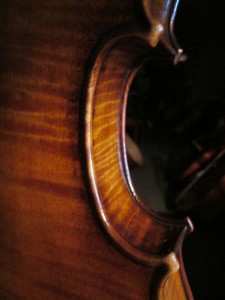
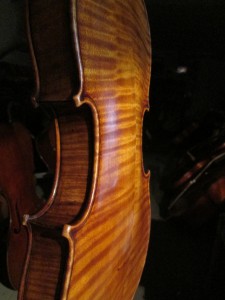
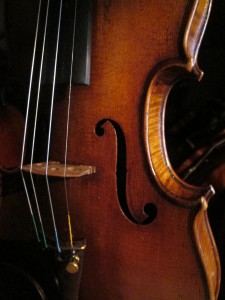
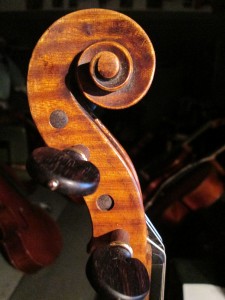
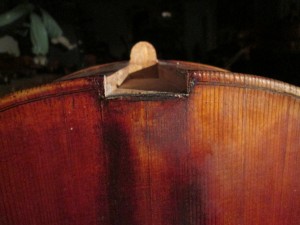
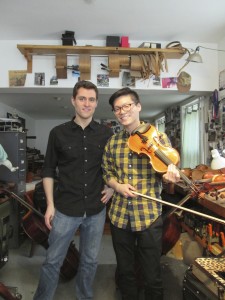
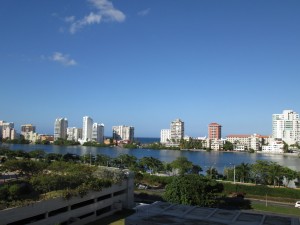
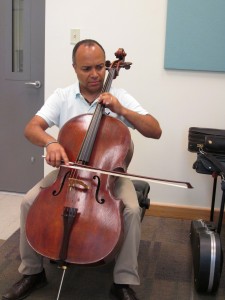
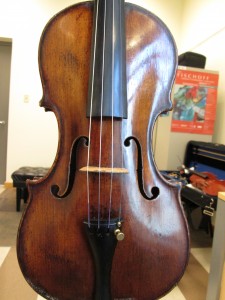
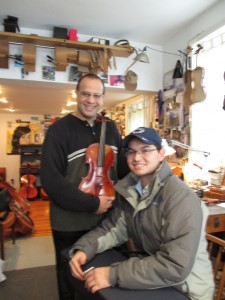
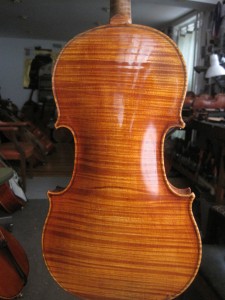
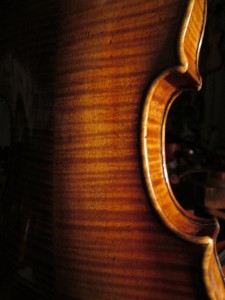
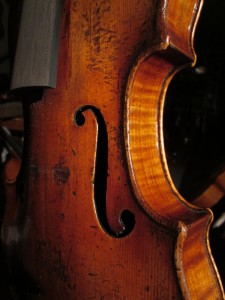
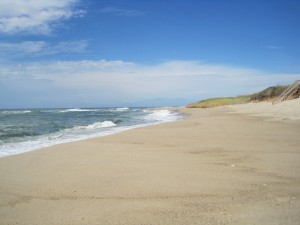
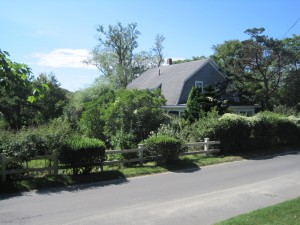
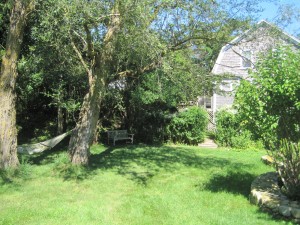
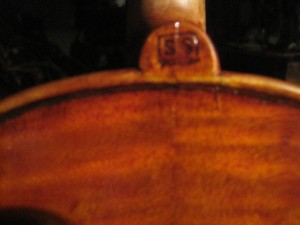
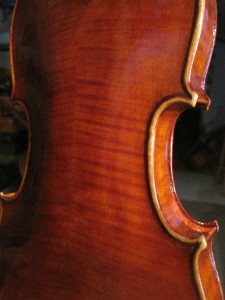
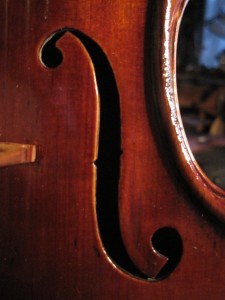
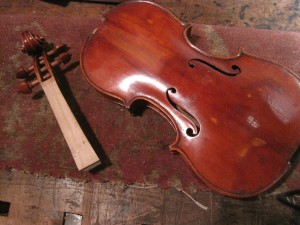 This violin performs in the Pittsburgh Symphony. Its owner had been increasingly frustrated by the sound and performance of it over the years and decided to give it to me to do all it needed to become all it can be. It needed a higher neck angle (and in this case a new fingerboard) to exert more tension down on the top – along with opening up the violin -replacing the bass bar and some subtle adjustments to the thicknesses of the plates. Its always a challenge to work on a great violin that has been played by a great player for a long time and make it bolder-bigger – and more resonant and deliver all you promise.
This violin performs in the Pittsburgh Symphony. Its owner had been increasingly frustrated by the sound and performance of it over the years and decided to give it to me to do all it needed to become all it can be. It needed a higher neck angle (and in this case a new fingerboard) to exert more tension down on the top – along with opening up the violin -replacing the bass bar and some subtle adjustments to the thicknesses of the plates. Its always a challenge to work on a great violin that has been played by a great player for a long time and make it bolder-bigger – and more resonant and deliver all you promise.